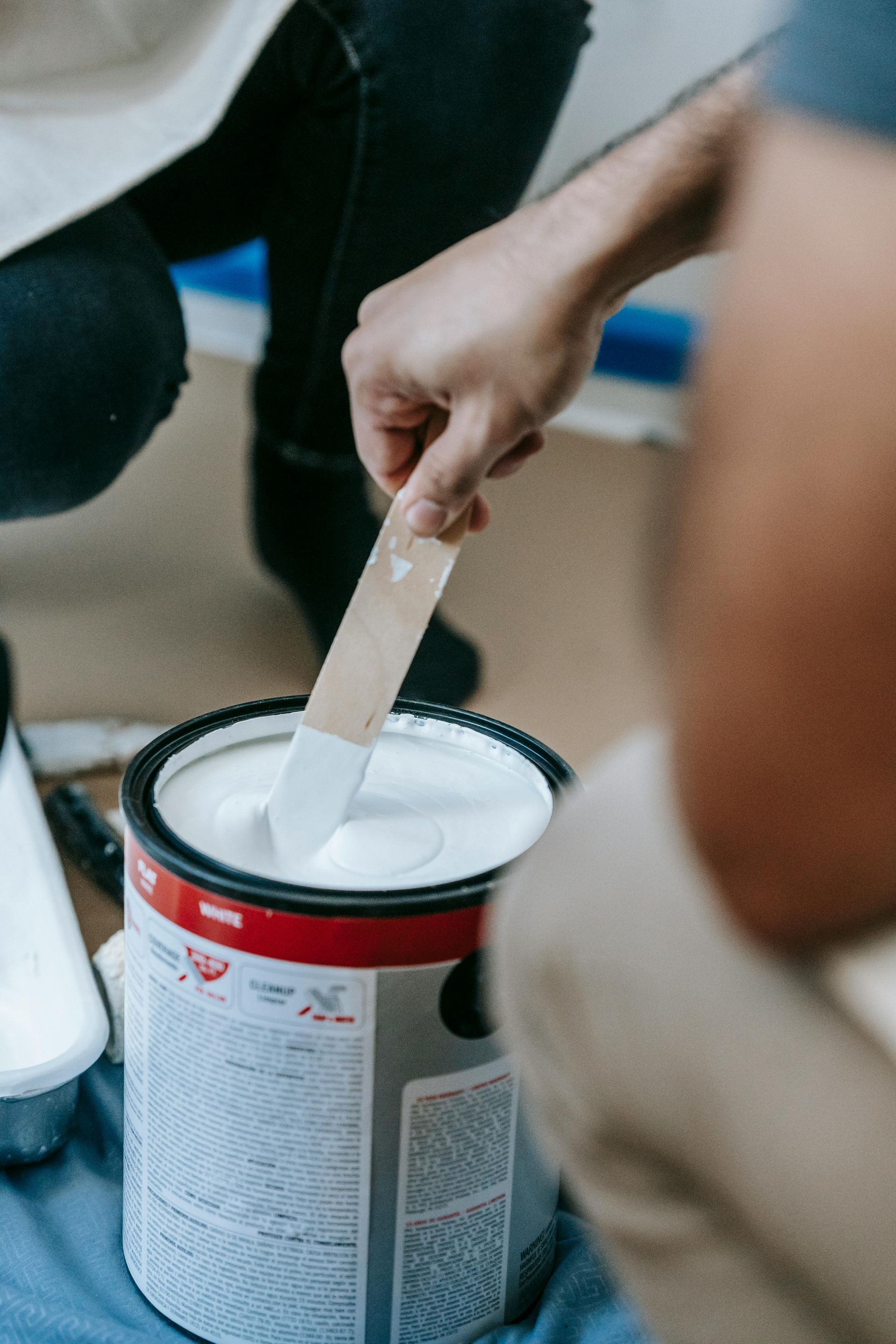Blog
Painting exterior trim is a task that can make a huge difference in the overall look of your home, but it’s not without its challenges. Whether you're giving your home a fresh update or protecting the trim from the elements, using the right techniques can help ensure your project goes smoothly and that the finish lasts for years. Here’s a guide to some helpful tips and tricks for painting your exterior trim like a pro.
First things first: prep work is everything. Before you even think about picking up a brush, you need to clean the trim. This means getting rid of dirt, dust, and any old paint that’s peeling off. A power washer works well for larger areas, but for smaller sections, a bucket of soapy water and a sponge will do the trick. Once your trim is clean, check for any damage like cracks or holes. These can be filled with a good exterior caulk or wood filler, depending on the material. Sand down any rough spots or remaining peeling paint to create a smooth surface for the new coat.
Once the trim is clean and prepped, it’s time to choose the right paint. Exterior trim needs a high-quality, durable paint designed to withstand the weather. Oil-based paints tend to offer a smoother finish and better longevity, especially for wood trim, while acrylic paints dry faster and are perfect for composite or PVC trim. Make sure you’re picking the right paint for the material of your trim, and always go for something that resists mildew, moisture, and UV damage to ensure it holds up well over time.
Now, let's talk about the painting process itself. Using the right tools is key to getting a smooth, professional finish. A high-quality angled brush is your best friend when painting trim. It lets you get into all the nooks and crannies with precision, making it perfect for those tight edges. For larger flat areas, a roller can speed things up and help you cover more surface evenly. Just make sure you use a narrow, dense roller, so it doesn’t leave behind too much texture. If you're feeling adventurous and have the skill, a paint sprayer is a great way to get an even coat quickly—but it requires extra prep to avoid overspray and ensure you don’t waste paint.
When you're applying the paint, remember: thin and even coats are the way to go. Start by painting the edges and corners with your brush, and then use the roller or sprayer for the larger, flatter areas. Don’t overload your brush or roller with paint; this can cause drips and uneven spots. Work in long, smooth strokes for a clean finish. Allow the first coat to dry completely before applying a second coat. Depending on the type of paint and the weather, this could take a few hours to a full day. It’s always better to do two or more thin coats rather than one thick one, which will give you a much smoother, more durable finish.
Weather matters too. Ideally, you want to paint on a day that’s mild and dry. Avoid painting when it’s too hot or humid, as this can cause the paint to dry too quickly, leaving streaks or an uneven finish. Similarly, cold weather can make it harder for the paint to cure properly, leading to soft, easily damaged surfaces. The best temperature range for painting exterior trim is between 50°F and 85°F (10°C and 29°C), and it’s best to avoid painting if rain is expected.
After the paint has dried, it’s time for a final inspection. Look over your work to make sure there aren’t any spots you missed or areas where the paint is uneven. If you find any issues, simply touch them up with a small brush. Be careful when removing any painter’s tape around the trim to ensure it doesn’t pull off any paint along with it.
Lastly, regular maintenance is key to keeping your trim looking fresh. Over time, the paint may start to show signs of wear and tear. Check for any peeling, cracking, or fading, and touch it up when needed. Small touch-ups now and then can go a long way in preserving the look and durability of your trim.
In the end, painting exterior trim doesn’t have to be a daunting task. With a little preparation, the right tools, and some patience, you can achieve a professional-looking finish that will not only enhance your home’s curb appeal but also protect it from the elements. Just take your time, follow the right techniques, and your trim will look great for years to come! Happy painting!



